There are two broad options to choose from when it comes to lead generation, namely inbound and outbound lead generation strategies. As a business owner, which is the best way to proceed? That’s an excellent question to ask before investing in either strategy. By the end of this discussion, deciding whether to go for inbound or outbound lead generation will be a breeze. After all, the piece defines the two terms to distinguish them perfectly. In addition to that, it points out their difference, thus simplifying making a decision. So, let’s dive into the difference between inbound and outbound lead generation.
Our focus includes;
- The meaning of the two terms
- The lead generation tactics of each strategies
- Types of leads to expect in each case
- A summary of the difference between inbound and outbound lead generation strategies
So, let’s get started
Meaning: Inbound Lead Generation vs. Outbound Lead Generation
The meaning of two different terms has a way of differentiating them, which explains the importance of this segment. Here is a difference between inbound and outbound lead generation.
Inbound Lead Generation
Inbound lead generation involves creating content and marketing campaigns to attract visitors to your website. Once they become your website visitors, you don’t stop there. The next step is to start converting them into leads.
Inbound generation is all about increasing your brand awareness. You can do so through engaging content that makes you rank high on search engines or popular on social media. As they interact with your website or social media platform page, find ways of getting their contact information. Last but not least, use that to reach out to convince them to become your customers.
Your role is to convince the potential buyers that you can help them solve the problem at hand. First of all, define their problems in a way that they can relate to. If done right, rest assured that you will catch the attention of someone experiencing the same. Then, convince potential customers that you are sharing the solution from a good and genuine place to earn their trust. Last but not least, offer the solution, and that’s most likely the point where they reach out. Don’t forget to transform the lead to a conversion or sale.
Outbound Lead Generation
This strategy is quite different from its counterpart. That’s because outbound lead generation doesn’t wait for the potential buyer to show interest or give consent. All the marketer does is identify the target audience. What follows is sending and pushing messages to these potential customers.
Under such circumstances, the choice of where and where to interact lies in the hands of the salesperson. It explains why this strategy is also referred to as interruption marketing. Why not when you send a message out of nowhere. They haven’t expressed any interest in your products or services, but since they qualify to be your campaign’s target audience, you choose to try your luck, thus reaching out.
Lead Generation Techniques: Inbound Lead Generation vs. Outbound Lead Generation
The tactics you choose to generate leads will determine whether you are carrying out inbound or outbound lead generation. So, this also becomes a difference between inbound and outbound lead generations as follows;
Inbound Lead Generation
Inbound lead generation tactics include;
- Blogging
- Content marketing
- Search engine optimization (SEO)
- Programmatic advertising
- Live chat or message
- Lead nurturing
Outbound Lead Generation
On the other hand, some of the techniques to use in outbound lead generation are;
- Mass email
- Display advertising
- Cold calling
- Direct mail
One thing stands out when comparing the tactics of these two lead generation strategies. Most of the techniques used in an inbound lead generation come at a cost. So, since there is an investment involved, the strategy focuses on making sales other than establishing relationships.
Leads: Inbound Lead Generation vs. Outbound Lead Generation
Upon choosing either strategy, what are the leads to expect? Here is a highlight.
Inbound Lead Generation
These are the leads to expect when using the inbound strategy
- The prospective buyer will download your guide or eBook
- Reach out to your sale person after reading your engaging content that convinced them to do so
- Filling in your surveys or opt-in forms
- Watching your webinar and then requesting a demo
Outbound Lead Generation
As for the outbound lead generation strategy, a lead is a listening ear or a response. Remember that the approach is more of an ambush. So, once a cold call is made, or a cold email sent, a successful lead is when the recipient gives the sales team a chance to make their case. A response to a cold email is also a common outbound lead.
Summary: Inbound Lead Generation vs. Outbound Lead Generation
Following the above discussion, there is a difference between inbound and outbound lead generation.
For instance, the potential buyer decides when to read your content and share their information. If you have several channels of reaching out, the prospects decide the one to use. On the other hand, it is not the prospect that decides when to engage. On the contrary, the marketing team decides when the prospect receives an email or call and sees an advert.
Secondly, the cost of inbound lead generation is lower than its outbound compound. It is also incurred over time other than a lump sum all at once. Its methods target organic traffic, whereas outbound lead generation relies on paid traffic to make conversions and sales. When the latter’s tactics include cold calling and advertising, what do you expect? Due to its risky nature, an outbound lead generation campaign is hardly run for a long time either. The cost per lead often reduces with time since the potential customer reaches out when using the inbound strategy. As for the outbound tactics, the cost remains the same in most cases. Nevertheless, they can go high if you keep using a technique that no longer convinces your target audience to engage. That’s because most of them can be annoying, especially when overdone.
Last but not least, there is another difference between inbound and outbound lead generation, and that’s the marketing assets’ value. Most of the assets used in inbound lead generation are reusable. An excellent example is a great piece of content. Upon publishing it, expect it to generate leads even in years to come. That’s not the case with outbound lead generation tactics. In most cases, they will end as soon as the campaign period is over.
Final Words
The difference between inbound and outbound lead generation is now crystal clear. The former seems to have more pros than cons and vice versa. However, if you are not sure that it is the best option, LeadChimp is a marketing agency that can help you make the right decision. You need success, and that’s only possible if you make the right decision. Remember that, especially when it comes to lead generation and marketing at large.

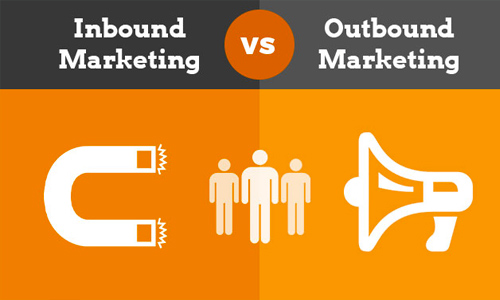
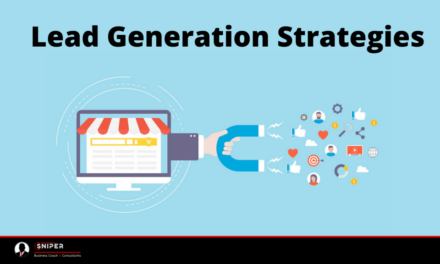

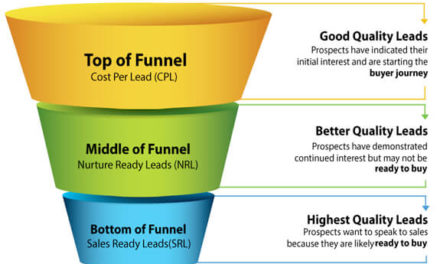
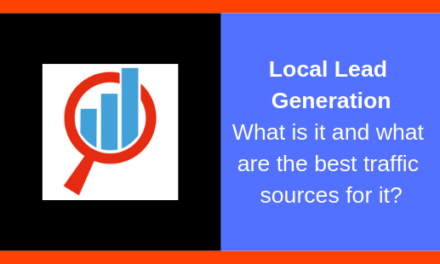
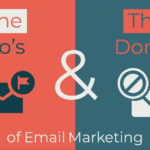
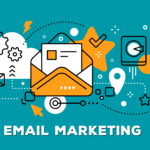
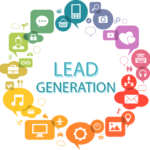
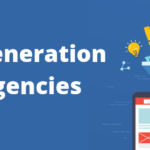

Recent Comments